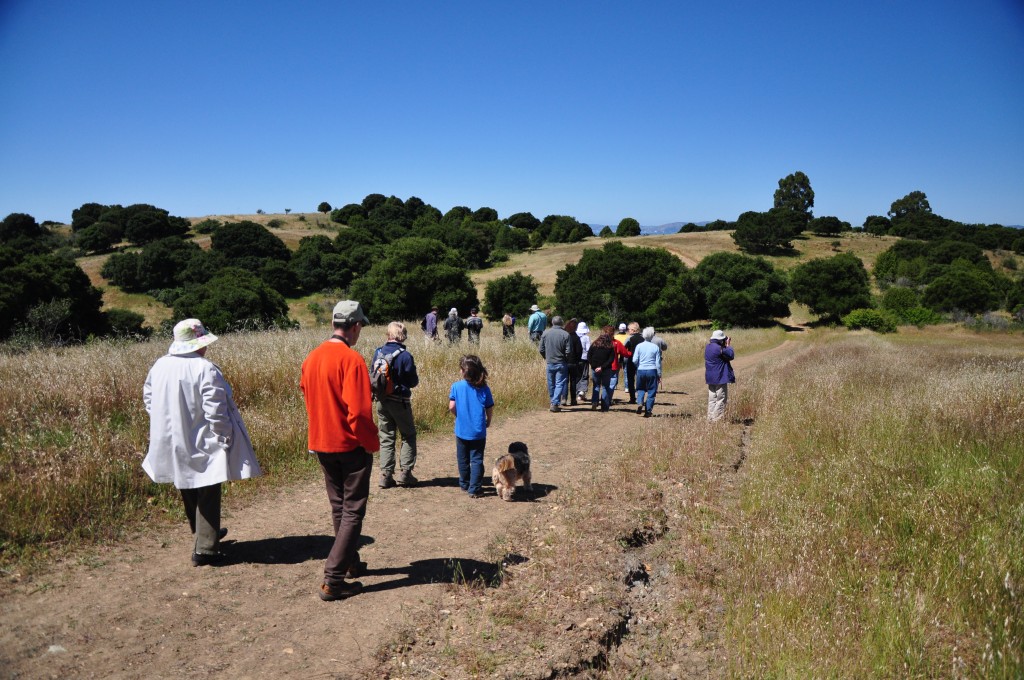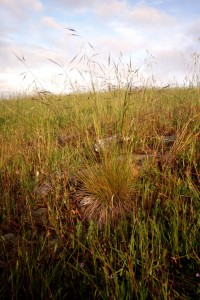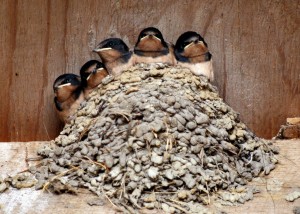- Mountain lion in the East Bay. Photo by Jim Hale.
The Native Grasslands of Knowland Park
A Brief History of California’s Grasslands
Grasslands are part of California’s heritage. Approximately 25% of the state is covered by them, and they are even featured on the state flag (look at what the bear is standing on). However, California’s grasslands look very different today than they did 200 years ago. The arrival of Spanish settlers in the mid 1500s to what is now California marked the beginning of a dramatic change in the State’s grassland ecosystems.
Prior to European colonization, Native Americans actively managed grassland habitats to ensure their food sources (seeds, native vegetables, and game animals) had areas to flourish. This management even included burning areas of grassland annually to ensure that forest and scrublands did not overrun the grassy areas. At that time, the grasslands of California were made up primarily of perennial (living more than a single year) bunch grasses such as purple needlegrass (Nassella pulchra) and California oatgrass (Danthonia californica) with forbs (herbaceous flowering plants) filling in the spaces between the grasses.
21st Century Conservation
What does conservation mean in the 21st century, and why is it so needed? The world faces an unprecedented loss of species as we enter the second decade of this century. As the renowned naturalist E.O. Wilson wrote, way back in 1980:
“The worst thing that can happen, will happen… Not energy depletion, economic collapse, limited nuclear war, or conquest by a totalitarian government. As terrible as these catastrophes would be for us, they can be repaired within a few generations. The one process going on in the 1980s that will take millions of years to correct is the loss of genetic and species diversity by the destruction of natural habitats. This is the folly our descendants are least likely to forgive us.”
Earth Day at the Oakland Zoo: New and Improved Greenwashing?
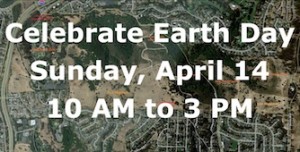 Everyone is welcomed (well, almost everyone) to the Oakland Zoo for its Earth Day,April 14. The theme this year is “Action for Animals”. Local environmental organizations have been invited for a fee of $30 to set up a table and bring informational materials about what they do to protect the environment. It is suggested that groups may want to bring materials to conduct letter-writing campaigns to further their cause. The event is described on the zoo’s website:
Everyone is welcomed (well, almost everyone) to the Oakland Zoo for its Earth Day,April 14. The theme this year is “Action for Animals”. Local environmental organizations have been invited for a fee of $30 to set up a table and bring informational materials about what they do to protect the environment. It is suggested that groups may want to bring materials to conduct letter-writing campaigns to further their cause. The event is described on the zoo’s website:
Save Oakland’s Oaks
Expansion Controversy
Search Our SIte
Blog Categories
Regular Bloggers
 Ruth Malone |
 Laura Baker |
 Jim Hanson |
 Mack Casterman |
We support Oakland's public spaces!
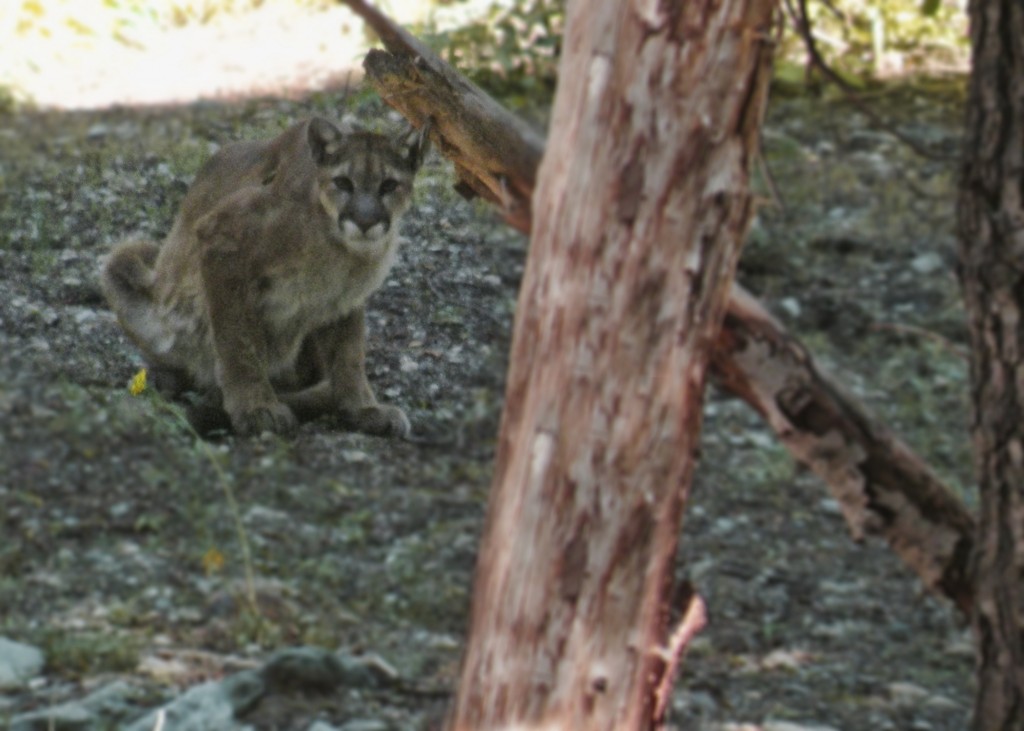
 Follow
Follow